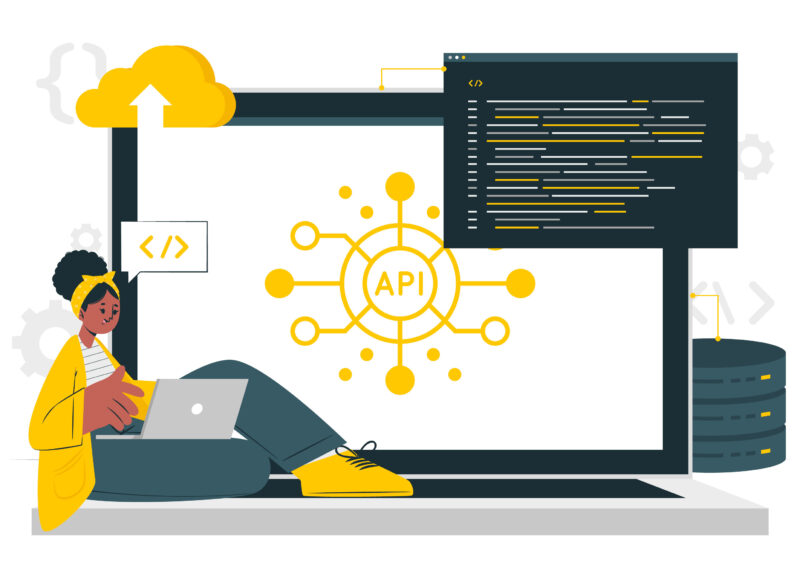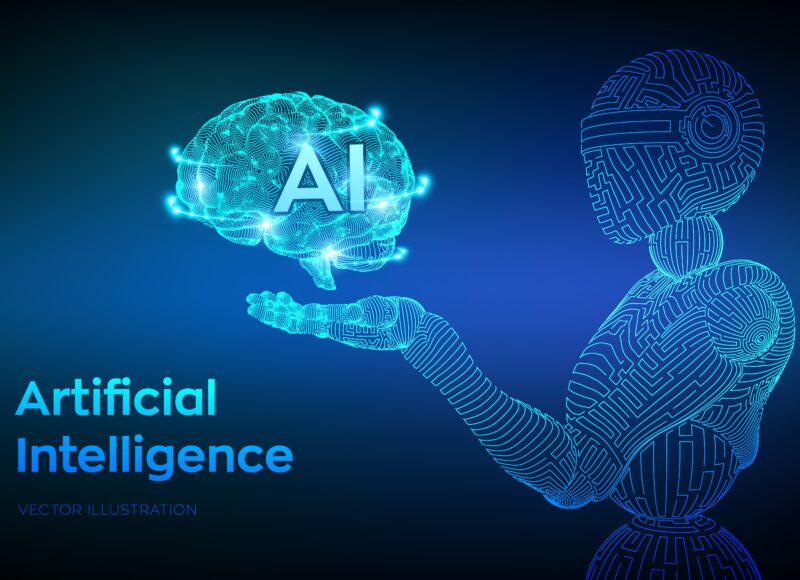Data science is an interdisciplinary field that uses scientific methods, algorithms, and systems to extract knowledge and insights from structured and unstructured data. It integrates tools from statistics, computer science, and domain knowledge to analyze and interpret complex data. With the exponential growth in data generation, data science has become crucial for understanding trends, making predictions, and driving decision-making across various industries.
A key part of data science involves collecting and cleaning data to ensure it is suitable for analysis. This process, known as data preprocessing, includes handling missing data, transforming data types, and standardizing formats. Once prepared, data scientists apply statistical techniques, machine learning algorithms, and analytical models to uncover patterns or make predictions. Visualization tools and software are often employed to present these insights, making them accessible and actionable for stakeholders.
Data science has a broad range of applications, from improving healthcare outcomes and optimizing supply chains to enhancing customer experiences in e-commerce. Industries use data science to personalize services, predict future trends, and automate decision-making processes, leading to increased efficiency and innovation. As data continues to grow in both volume and importance, data science remains an essential field for shaping strategies and making informed, data-driven decisions.
Topics of Course
-
1.1 – Introduction to Data Science
-
1.2 – What is Data Science?
-
1.3 – Key Components of Data Science
-
1.4 – Data Collection and Preprocessing
-
1.5 – Exploratory Data Analysis
-
1.6 – Data Visualization
-
1.7 – Machine Learning Algorithms
-
1.8 – Model Evaluation and Validation
-
1.9 – Applications of Data Science
-
1.10 – Conclusion and Q&A
-
2.1 – Python Basics for Data Science
-
2.2 – Review of Day 1: Recap and Takeaways
-
2.3 – Data Types in Python
-
2.4 – Operators and Expressions
-
2.5 – Control Flow: Conditional Statements
-
2.6 – Control Flow: Loops
-
2.7 – Functions and Modules
-
2.8 – Working with Files
-
2.9 – Handling Errors and Exceptions
-
2.10 – Wrap-up and Next Steps
-
3.1 – Data Manipulation with Pandas
-
3.2 – Pandas Data Structures
-
3.3 – Importing and Exploring Data
-
3.4 – Cleaning and Preprocessing Data
-
3.5 – Handling Missing Data
-
3.6 – Manipulating Data with Indexing and Slicing
-
3.7 – Applying Functions and Transformations
-
3.8 – Grouping and Aggregating Data
-
3.9 – Merging, Joining, and Concatenating DataFrames
-
3.10 – Visualizing Data with Pandas
-
4.1 – Data Cleaning: An Essential Step in Data Science
-
4.2 – Understanding the Importance of Data Cleaning
-
4.3 – Common Data Quality Issues
-
4.4 – Identifying and Handling Missing Data
-
4.5 – Detecting and Addressing Outliers
-
4.6 – Dealing with Inconsistent Data Formats
-
4.7 – Normalizing and Standardizing Data
-
4.8 – Handling Duplicates and Redundancies
-
4.9 – Validating and Cleaning Text Data
-
4.10 – Implementing Data Cleaning Strategies
-
5.1 – Exploratory Data Analysis: Uncovering Insights from Your Data
-
5.2 – Importance of EDA in Data Science
-
5.3 – Identifying Data Types and Structures
-
5.4 – Univariate Analysis: Visualizing and Summarizing Variables
-
5.5 – Bivariate Analysis: Exploring Relationships Between Variables
-
5.6 – Handling Missing Data
-
5.7 – Identifying and Treating Outliers
-
5.8 – Feature Engineering and Selection
-
5.9 – Detecting Patterns and Trends
-
5.10 – Communicating Insights from EDA
-
6.1 – Introduction to Data Visualization
-
6.2 – Importance of Data Visualization
-
6.3 – Types of Data Visualization
-
6.4 – Principles of Effective Data Visualization
-
6.5 – Choosing the Right Visualization
-
6.6 – Data Preparation and Cleaning
-
6.7 – Visualizing Categorical Data
-
6.8 – Visualizing Numerical Data
-
6.9 – Interactive Data Visualization
-
6.10 – Storytelling with Data Visualization
-
7.1 – Introduction to Probability and Statistics
-
7.2 – What is Probability?
-
7.3 – Probability Axioms and Rules
-
7.4 – Conditional Probability
-
7.5 – Independence and Dependence
-
7.6 – Bayes’ Theorem
-
7.7 – Random Variables
-
7.8 – Probability Distributions
-
7.9 – Discrete and Continuous Distributions
-
7.10 – Sampling Distributions
-
8.1 – Introduction to Data Wrangling
-
8.2 – Importance of Data Wrangling
-
8.3 – Data Cleaning Techniques
-
8.4 – Handling Missing Data
-
8.5 – Dealing with Outliers
-
8.6 – Transforming Data Formats
-
8.7 – Merging and Combining Datasets
-
8.8 – Handling Categorical Variables
-
8.9 – Exploratory Data Analysis
-
8.10 – Conclusion and Key Takeaways
-
9.1 – Introduction to Data Ethics
-
9.2 – What is Data Ethics?
-
9.3 – Importance of Data Ethics
-
9.4 – Key Principles of Data Ethics
-
9.5 – Ethical Challenges in Data Science
-
9.6 – Bias in Data and Algorithms
-
9.7 – Privacy and Consent in Data Collection
-
9.8 – Transparency and Accountability in Data Usage
-
9.9 – Ethical Frameworks for Data Science
-
9.10 – Practical Applications and Case Studies
-
10.1 – Introduction to Machine Learning
-
10.2 – What is Machine Learning?
-
10.3 – Types of Machine Learning
-
10.4 – Supervised Learning
-
10.5 – Unsupervised Learning
-
10.6 – Reinforcement Learning
-
10.7 – Applications of Machine Learning
-
10.8 – Challenges in Machine Learning




